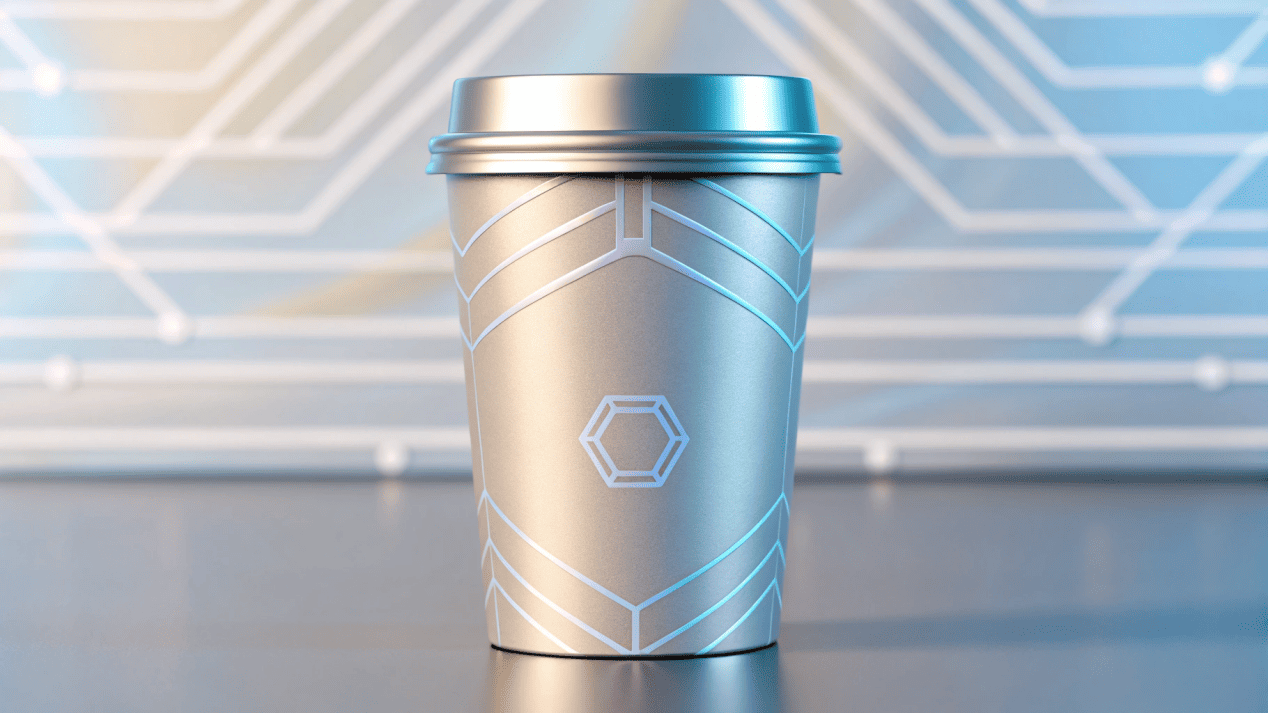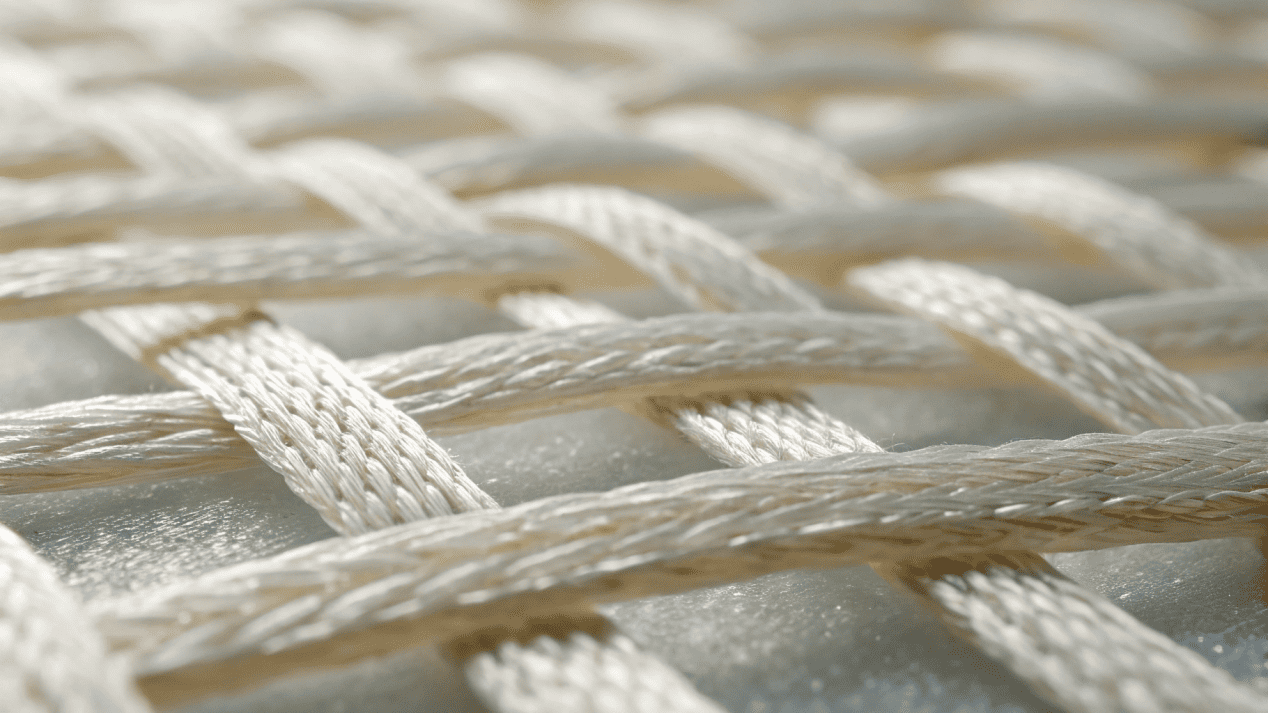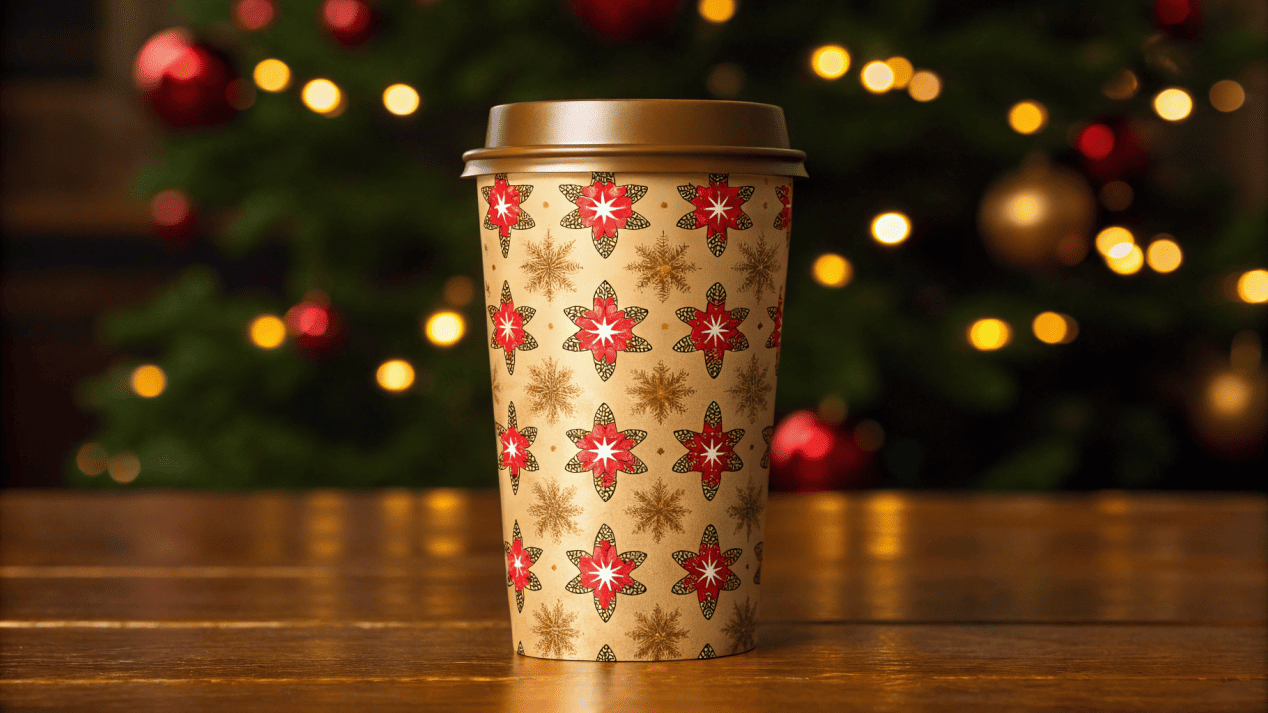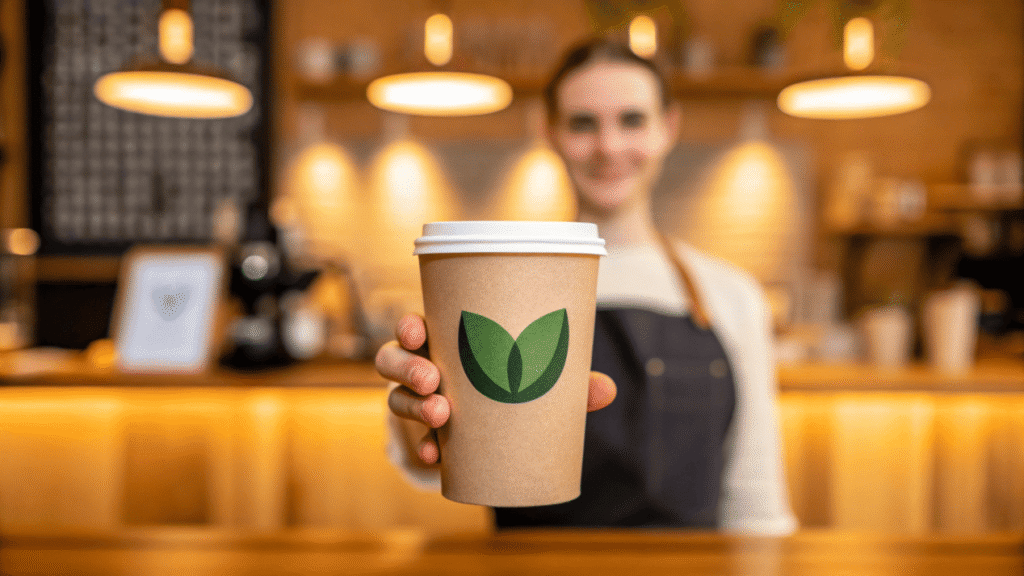Your paper cup feels outdated. It creates landfill waste and puts your brand at risk with new laws and smarter customers, making you seem behind the times.
The future is a cup that is truly recyclable, not just in name. This is driven by customer demands for honesty, new government policies against plastics, and innovations like water-based coatings that make sustainability a reality.

For over 20 years, I have seen the paper cup evolve. For a long time, it was just a simple container, a cost to be minimized. But now, it's at the center of a global conversation. A customer holds your cup in their hand for up to 30 minutes. It's a billboard, a statement, and a handshake all in one. The choice of cup you make today is a public declaration of your brand's values and your readiness for the future. The single-use cup isn't going away; it's being completely reinvented. Let's look at the forces driving this change.
Why is Radical Honesty the Future of Green Marketing?
Your "eco-friendly" cup isn't actually recyclable. Smart customers know this, and it makes your brand look dishonest, damaging the trust you have worked so hard to build.
Because today's customers are educated. They know about plastic linings and that "compostable" rarely gets composted. They demand verifiable proof of sustainability, and brands that provide it will win their unbreakable loyalty.

For years, I saw brands operate with good intentions. They would buy cups with a green leaf logo and believe they were doing the right thing. But the era of vague claims is over. The biggest trend shaping our industry is the demand for radical transparency. Customers now understand that a paper cup lined with traditional PE plastic cannot be recycled in most places. They are learning that PLA "compostable" cups often end up in landfills anyway, because most cities lack the industrial composting facilities to process them. Greenwashing—making false or misleading environmental claims—is no longer just bad ethics; it's a terrible business strategy. The future belongs to brands that can provide verifiable proof.
| The Old Lie | The New Truth |
|---|---|
| Vague Claim: "Eco-Friendly," "Green," "Recyclable" logo. | Specific Proof: "This cup uses a water-based coating, making it truly recyclable in standard paper streams." |
| The Hidden Reality: Lined with PE or PLA plastic, making it a landfill contaminant. | The Verifiable Fact: Material is engineered to separate, turning waste into a resource. |
| Resulting Customer Feeling: Skepticism, distrust, feeling misled. | Resulting Customer Feeling: Confidence, trust, loyalty. |
This is not a trend that will fade. This is the new standard of brand communication.
How Will Government Policies Change the Cups You Use?
Governments are banning single-use plastics. Waiting until the law forces you to change is risky. You could face fines or a sudden, desperate scramble to find new packaging.
Policies are moving beyond simple bans to target complex materials like PE-lined cups. Future laws will restrict or tax them. Proactively switching to truly recyclable options now protects your business from future disruptions.

As a manufacturer who ships to over 80 countries, I have a front-row seat to global policy changes. This is not a local trend; it is a global wave that is picking up speed. Landmark policies like the EU's Single-Use Plastics Directive were just the beginning. The legislative focus is now getting more sophisticated. It is shifting from banning obvious items like plastic straws to scrutinizing complex composite materials. At the top of that list is the PE-lined paper cup. The question is not if regulations will tighten on these items, but when.
This creates a clear choice for brands. You can either be reactive or proactive. A reactive strategy is waiting for the government to force your hand. A proactive strategy is leading the change.
| Strategy | Reactive Strategy (Waiting) | Proactive Strategy (Leading) |
|---|---|---|
| Risk | High risk of supply chain disruption, fines, and being caught unprepared. | Low risk. Your business is "future-proofed" against upcoming regulations. |
| Cost | Potentially high costs from fines and rushed, emergency rebranding. | A controlled, planned investment in superior packaging technology. |
| Brand Image | Seen as a follower, lagging behind the market and environmental standards. | Seen as a leader, innovative, and responsible. Builds customer respect. |
Waiting is a gamble. Leading is a strategy.
What Innovations Are Making Cups Truly Sustainable?
For years, you faced a bad choice: a waterproof cup that pollutes, or a "green" cup that leaks and gets soggy. This compromise meant you could never have both performance and sustainability.
The key innovation is the water-based coating. Unlike plastic films laminated onto paper, this coating integrates with the paper fibers and is designed to wash away during recycling, allowing the paper to be reused.

As an engineer, this is the part that excites me the most. For years, the industry was stuck. We had to choose between function and sustainability. Technology has finally broken this stalemate. The most important innovation is the perfection of water-based coatings. To explain it simply, think of the difference between wallpaper and paint. Traditional PE or PLA plastic linings are like wallpaper. A separate plastic sheet is fused onto the paper with heat and pressure, creating a permanent bond that recycling machines can't break. The whole thing becomes trash.
A water-based coating is like paint. It's a liquid formula that we apply to the paper. The water then evaporates, leaving an integrated barrier that is part of the paper itself. It is not a separate layer. In the recycling process, which is called repulping, the paper is mixed with water in a giant blender. This coating is specifically engineered to break down and wash away, cleanly separating from the valuable paper fibers. This means the paper can actually be recovered and made into new products. This isn't a theoretical idea. At Haokelao, we have invested years into mastering this technology, and it's backed by FDA and BRC certifications. You no longer have to compromise.
Why Do Modern Customers Expect More Than Just a Cup?
A plain, functional cup is no longer enough. Customers hold it for 20 minutes. If it looks cheap or generic, it makes your premium product feel less special and your brand forgettable.
Customers now expect "eco-luxe"—a cup that is both sustainable and feels premium. They also want brands to be agile, with exciting limited-edition designs, which requires a flexible manufacturing partner with low MOQs.

The market's expectation of a cup has evolved beyond its basic function. It has to perform its job perfectly, yes. But it also has to look beautiful and tell a story of responsibility. This has led to two major shifts in market demand. The first is the rise of "Eco-Luxe." Sustainability is becoming a luxury attribute. A beautiful, matte-finish Kraft paper cup with a minimalist design and a water-based coating feels more premium and intentional than a generic, glossy plastic-lined cup. It communicates care and quality.
The second shift is the need for Agility. The modern market is fast. Brands need to launch limited-edition designs for holidays, seasonal specials, or local events. This keeps the brand fresh and exciting. However, you can't do this if your packaging partner requires you to order 100,000 cups of a single design. This is where a nimble manufacturing partner becomes critical. The future demands partners like us, who not only offer the most innovative and sustainable materials but also provide low minimum order quantities (MOQs). We empower you to be creative and responsive without forcing you to commit to a warehouse full of inventory.
Conclusion
The single-use cup is being reinvented. The future is a truly recyclable, beautifully designed cup that proves your brand's commitment and builds unbreakable customer trust.
